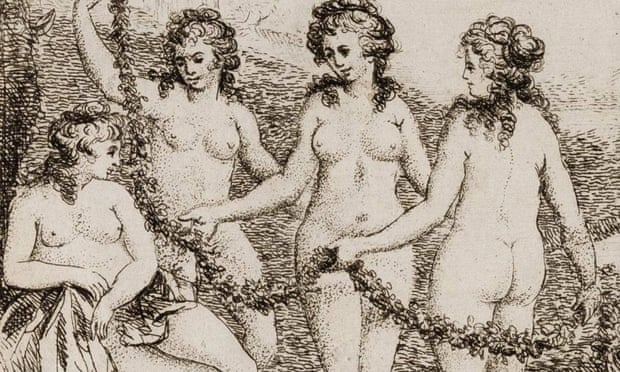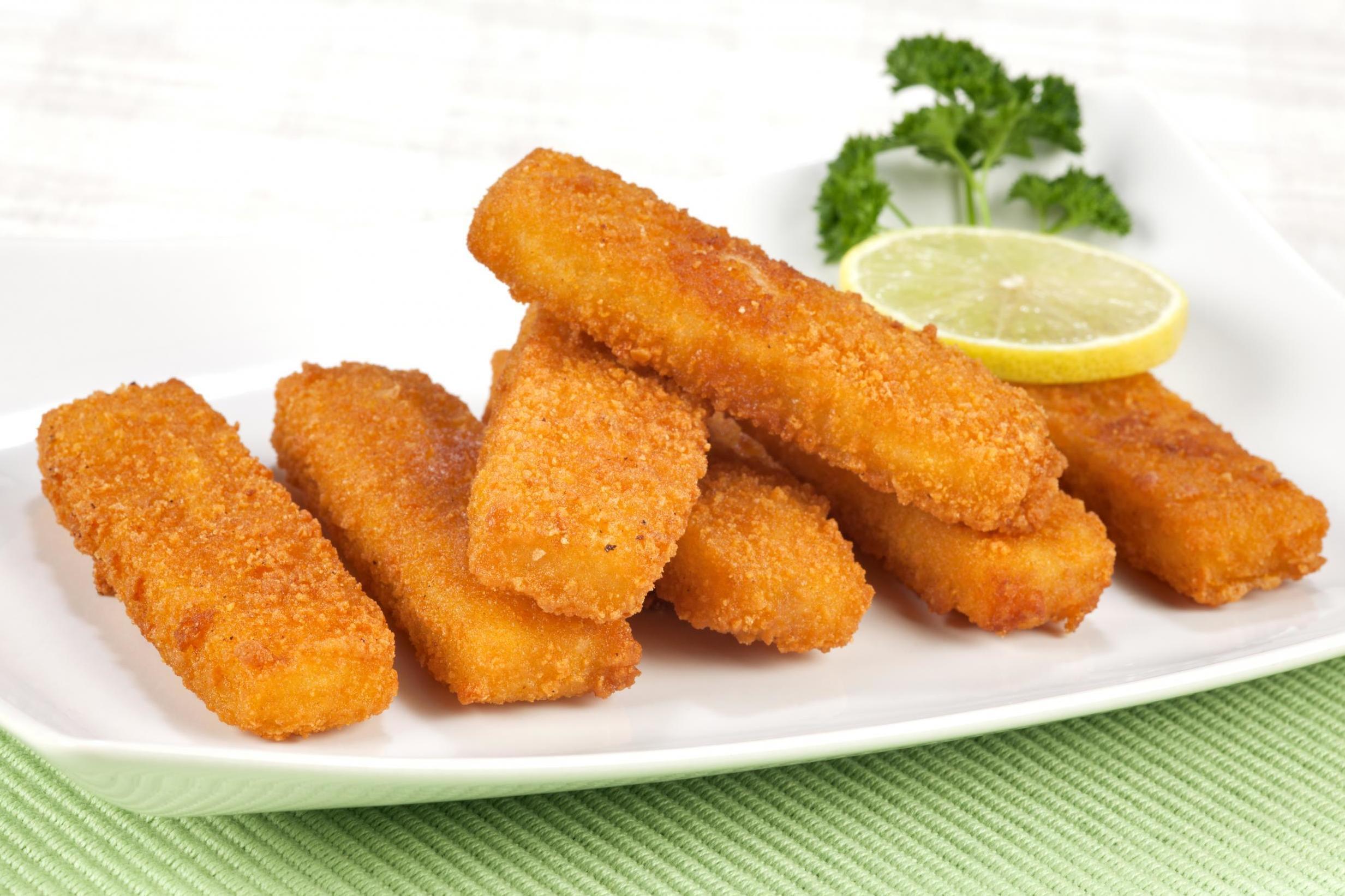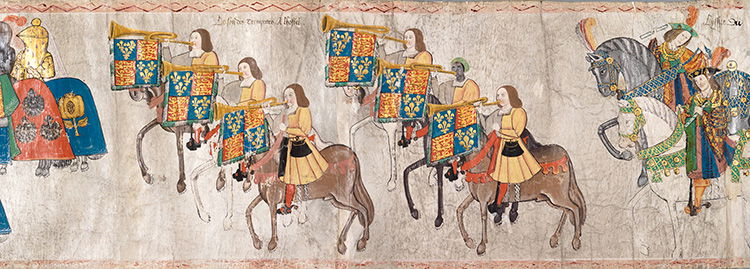It’s that time again! Time for our monthly round-up of items you may have missed the first time. Let’s go …
Science, Technology & Natural World
DNA isn’t the only intricate code used by life. There’s a really subtle and intricate coding of sugars coating every cell (diagram below). [£££]
Here’s another look from The Conversation.
DNA continues to shine light on the domestication of dogs.
From dogs to cats … apparently cats can recognise their own names. They just take no notice!
A “missing link” four-legged fossil shows how walking whales learned to swim. [£££]
Meanwhile the Antarctic Icefish expands our surprise at the variety of colours of blood.

Asian hornets (above) predate honeybees and are an invasive, alien, pest as they have no natural controls in Europe. Much as it grieves me to see anything destroyed (and especially given my defence of wasps) we are being asked to report any sightings. London’s Natural History Museum provides the low-down, identification guidance, and links for reporting sightings.
And now to the physical sciences …
Some brilliant science has led to the first picture of a black hole.
It has long been known, but often disputed, that the Northern Lights make a noise. Now scientists have worked out how this might happen. [£££]
Clouds of hot volcanic gas, rocks etc. (pyroclastic flow) can move at deadly speed. It seems the speed of pyroclastic flow is is due to a “hovercraft effect”.
Health & Medicine
It seems we’re getting our calorie counting all wrong.
Which brings us nicely to the understanding that our microbiomes need fibre to flourish and not the oft believed fermented foods.
This American woman lived to be almost 100 despite having almost all her organs in the wrong places.
The story of one young lady with an unusually obstinate hymen.
Sexuality
Well, yes, as you might expect, sex therapists really do hear it all.
So then, girls, how do you perk up your breasts? Spolier: you can’t. [£££]
Laura Dodsworth muses on vulvas, vaginas and the stigma of talking about them.
Environment
We know the Chernobyl disaster was caused by errors, but it was also followed by cover-ups.
Social Sciences, Business, Law
Article 13 is the EU’s new rules on online copyright enforcement. So what is it all about? [£££]
Art & Literature
There has been dispute over the authorship of Beowulf for many years. Now the latest research suggests it was the work of a single author.
History, Archaeology & Anthropology
One day, long, long ago, a humongous meteor crashed into Earth causing the death of the dinosaurs. Now one maverick palaeontologist believes he’s found a fossil site encapsulating the instant of the disaster. [LONG READ] [£££]
And here are two somewhat shorter summary articles: the first from New York Times [£££], the second from National Geographic.
Slightly more up to date, palaeontologists have discovered what they believe is another “human” species in a Philippine island cave.
So did Homo sapiens inter-breed with Denisovans more recently than we previously thought? [£££]

It seems that the Ancient Egyptians mummified mice (above)!
Experts now tell us that the Romans brought rabbits to Britain. Did we not already know this?
Dutch marine salvage teams, looking for lost shipping containers, have found the remains of ship wrecked in 1540 complete with its cargo of copper plates.
London
Although this is 18 months old, it is worth highlighting the disgraceful decay of the Houses of Parliament.
The Victoria & Albert Museum has a cast of Trajan’s Column. Now you can stand inside it.
Lifestyle & Personal Development
And finally … Japan is entering a new era wth the abdication of Emperor Akihito on 1 May 2019. The reign of each Emperor is given a name (gengo), which is used in the Japanese calender (alongside the Western calender). Emperor Akihito’s current gengo, Heisei, which means “achieving peace”. The era of the new Emperor, Naruhito, will be called Reiwa (right), signifying order and harmony.


 Book Review:
Book Review: 
 London’s National Portrait Gallery has an exhibition of Elizabethan miniatures by Hilliard and Oliver, including one of Sir Walter Ralegh (right).
London’s National Portrait Gallery has an exhibition of Elizabethan miniatures by Hilliard and Oliver, including one of Sir Walter Ralegh (right).




 Yes, well, they’re sort of obvious really. But do we do this? Well, not as much as we probably should – I certainly don’t despite 38 years married (eeeekk!!!!), although I must be doing something not too wrong.
Yes, well, they’re sort of obvious really. But do we do this? Well, not as much as we probably should – I certainly don’t despite 38 years married (eeeekk!!!!), although I must be doing something not too wrong.